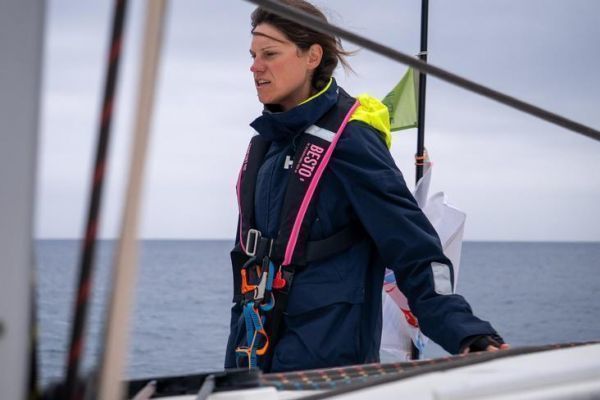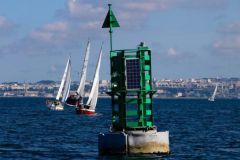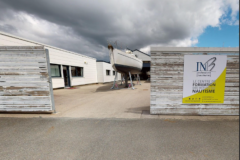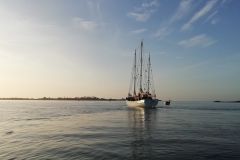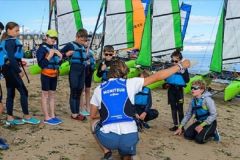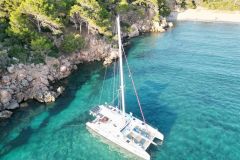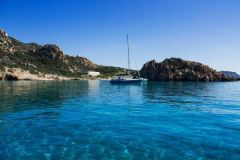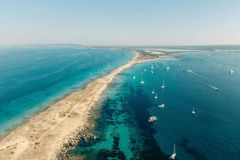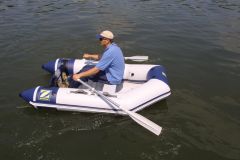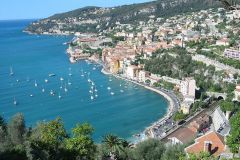There were fifteen of them. Fifteen women embarked for three weeks between Marseille and Nice, accompanied by three facilitators, content creators, artists and researchers. On board, no contemplative cruise, but a collective commitment, an adventure in the service of the sea and the causes that run through it.
To orchestrate this atypical navigation: Fabienne, an experienced and lucid skipper, at the helm of a catamaran that has become much more than just a boat. She tells us the inside story of an expedition where technology meets humanity, and where every mile covered counts double.
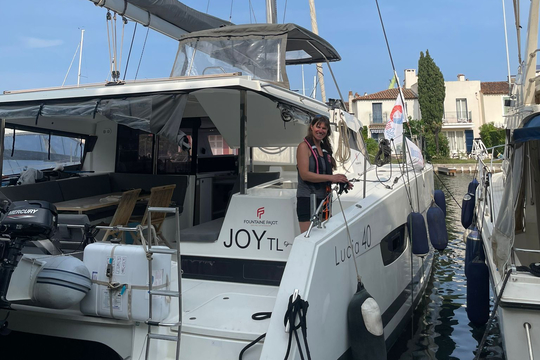
A skipper who combines human adventure and mastery of the sea
When Fabienne is asked to introduce herself, the answer is swift: " First and foremost, I'm a sailor with a passion for sharing knowledge and, above all, skills. Trained on dinghies and then on liveaboard sailboats, with eight years of sailing under my belt, I love to see crew members assert themselves, dare and gain confidence. "
Her career began with a short training course at sea, during which she struggled to understand the wind, before discovering light sailing and falling in love with it. After two years, she became an instructor, crossed paths with a sailor who was to become her husband, and accumulated experience: breakaway stays at sea with young people in difficulty, internships at Les Glénans, offshore cruises. " Struggling is learning "she sums up.
" When Women for Sea asked me to skipper this expedition, I was immediately attracted: it was a question of combining my maritime skills with an impact project, focused on sustainable solutions and human encounters. The primary objective was never to cover the miles, but to develop and highlight projects run by women for the benefit of the ocean. At the same time, the Odyssey had a second, equally essential commitment: to symbolically carry Women for Sea's plea for equal ocean governance to the UNOC. "
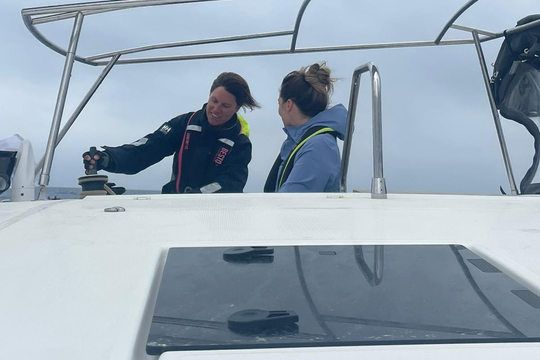
Choice of boat: a catamaran designed for autonomy and group living
The crew set sail on a 40-foot catamaran, a well-considered choice that Fabienne fully defends. " This type of boat was perfect for the expedition: it offered plenty of space for the crew, good stability for the sometimes unmoored passengers, and increased autonomy thanks to its energy equipment. "
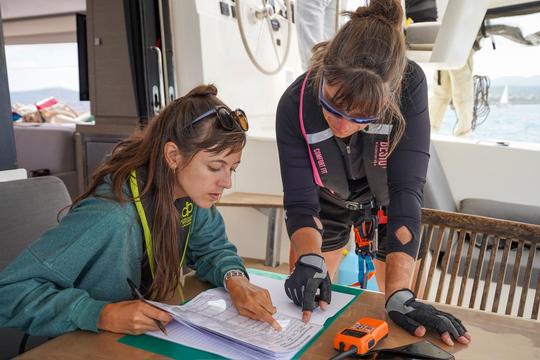
The Women for Sea team is preparing meticulously for the departure. For her part, Fabienne is preparing to skipper the Odysee for a month: " I wanted to be as ready as possible. I worked upstream on port maneuvers, safety, navigation equipment... with the aim of anticipating as much as possible. A month earlier, I even sailed for three days on a similar boat to train and then, 2 days just before the start, directly on the boat to make sure I knew it inside out. "
In addition to its comfort advantages, the catamaran has its own constraints when it comes to sailing: less efficient upwind, more sensitive to crosswinds, and sometimes less responsive during emergency maneuvers. " The yacht was equipped with an on-board computer which centralized all the information (fuel, water reserve, etc.), a gadget I don't particularly appreciate. It was the central screen at the helm station, but without any repeaters inside. On a catamaran, there are also a lot of blind spots when you're at the helm. Some maneuvers required extra coordination. "
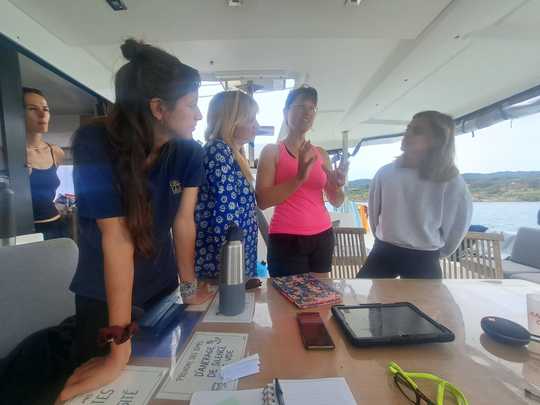
A voyage punctuated by encounters... and a few technical surprises
The itinerary took three different crews from Marseille to Nice, with stopovers in ports chosen for their interest in raising schoolchildren's awareness of the need to preserve the marine world. " But every stopover is also a maneuver to reach the finish line, a sometimes tricky anchorage, as on this first night in strong winds, when we had to weigh anchor twice in the middle of the night. "
At sea, there was no shortage of challenges: 25 knots established at the start, anchorages in 25-35 knots, changing weather, a course lengthened by the catamaran's upwind limits. Some trajectories even required engine power to meet deadlines for events ashore.
" We also had to adapt the itinerary to fixed appointments and workshops on board...which is unusual for this type of sailing trip ".
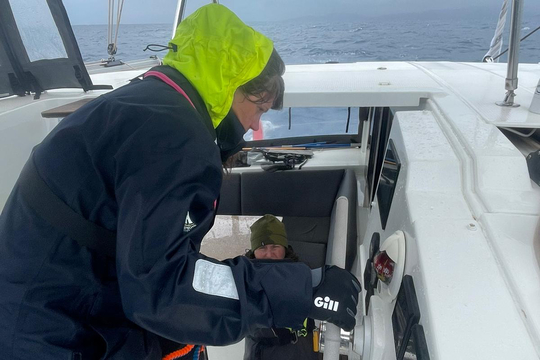
Safety was at the heart of every step: briefings at every crew changeover, daily checks on the operation of critical equipment, systematic reminders of the man-overboard recovery procedure, and the compulsory wearing of a lifejacket.
" These adjustments, sometimes improvised, strengthened cohesion: I saw the crews evolve, gain in self-confidence and help each other. Everyone was involved in life on board. I like to work according to the needs of the crew. The idea is to allow everyone to find their place on board, while getting everyone involved. Sometimes this means a set schedule, other times more spontaneity in the distribution of tasks on board. The boat quickly became a crew. "
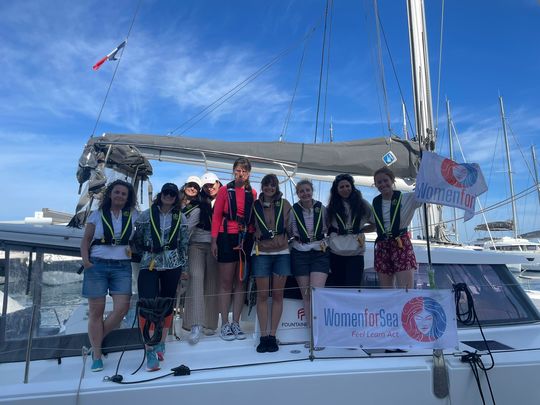
The role of skipper in a committed expedition: a subtle balance
" My role was all-encompassing: I was responsible for safety, maneuvers, the itinerary... but I was also the guarantor of crew harmony. Some of the passengers had neither sea legs nor experience of life on the water; I had to explain the maneuvers, deal with their apprehensions and sometimes even seasickness, while maintaining the necessary rigor. "
The mission also involved setting up the necessary conditions for running workshops and events ashore, and sailing with non-sailing participants. " We needed to teach, listen and anticipate. "
This experience broadened her vision of the role of skipper: " I've learned to trust myself not only as a teacher, but also as a technician. I loved mixing all the technical aspects of navigation with the human parameters that must inevitably be taken into account. It's a fascinating gymnastics. "

What's next? Setting course for new odysseys?
When asked for the image that sums up the adventure, she smiles: " The harbour supervisor's thumbs-up during the last manoeuvre - a satisfying sight! For me, this thumbs-up really meant the end of an intense month. A thumbs-up to show the technical and human success of this Odyssey. "
What if I had to do it all over again? " I'd have more confidence in my abilities. I'd give myself more permission to assert my position as captain from the outset. This self-affirmation takes into account the management of my crew and the boat, as well as the imposed timetables. Here, the schedule of activities is very tightly framed by the needs of the odyssey. "
Fabienne emerged transformed, more convinced than ever that sailing can be a means of transformation and emancipation.
Conclusion
L'Odyssée des Possibles proves that social commitment, transmission and maritime excellence can all coexist aboard the same boat. But while the project touches on environmental and human issues, it's the solidarity on board, the ability to crew together and face the elements together, that makes this a sailing adventure in its own right. A lesson that Fabienne shares with humility... and the desire to set sail again.

 /
/ 